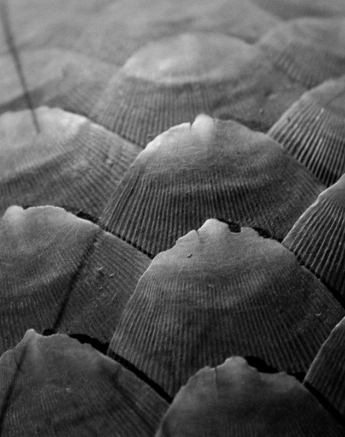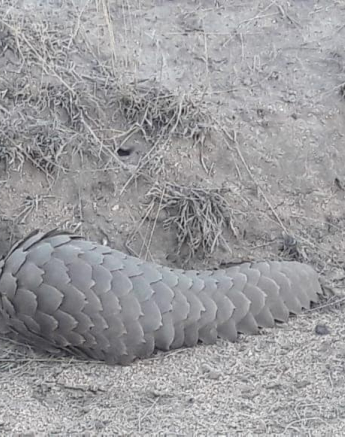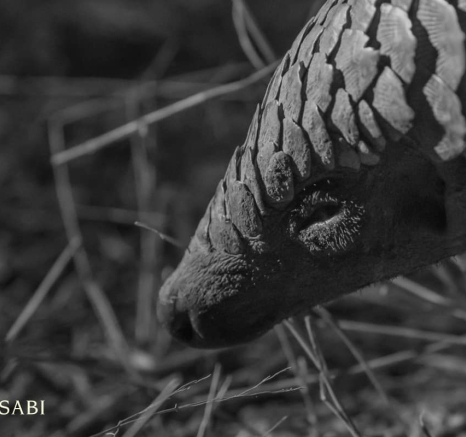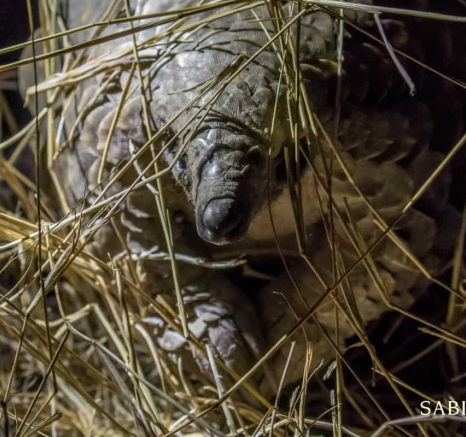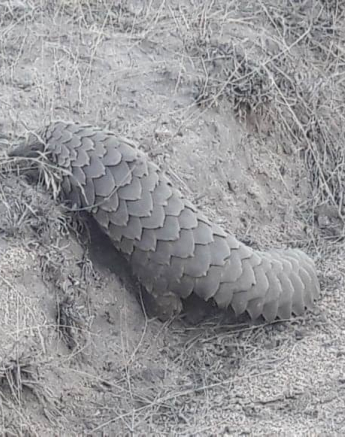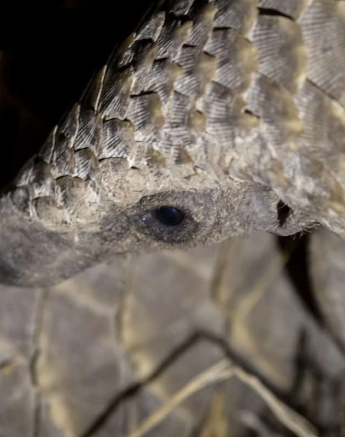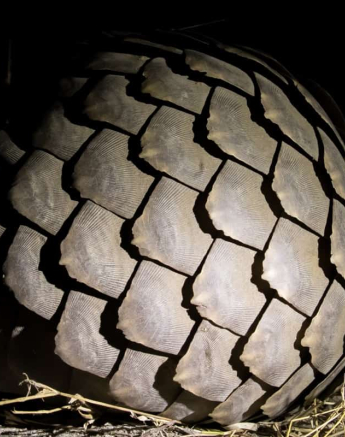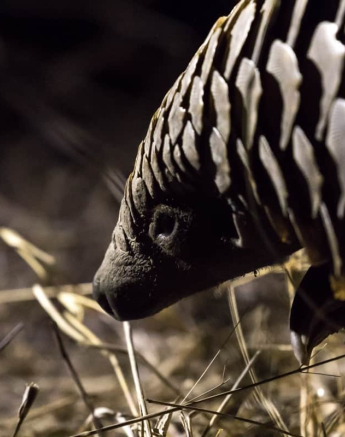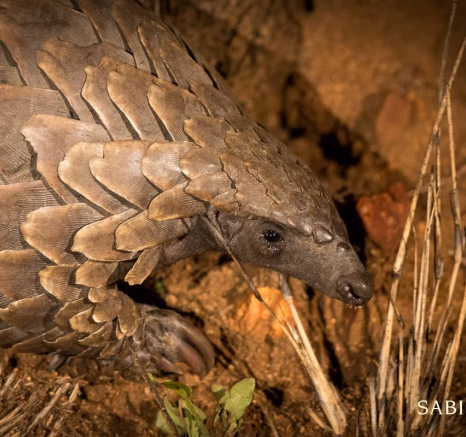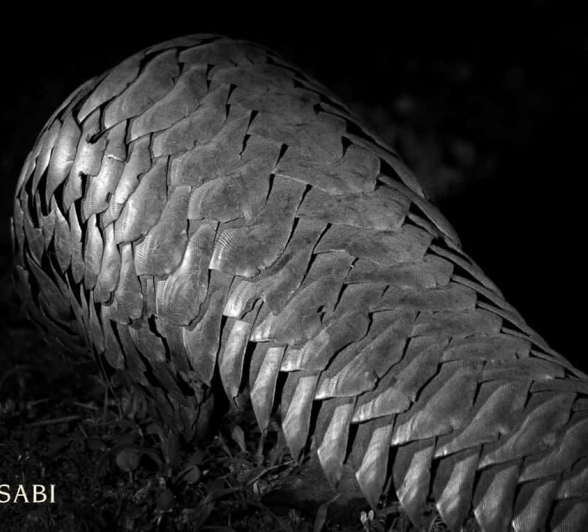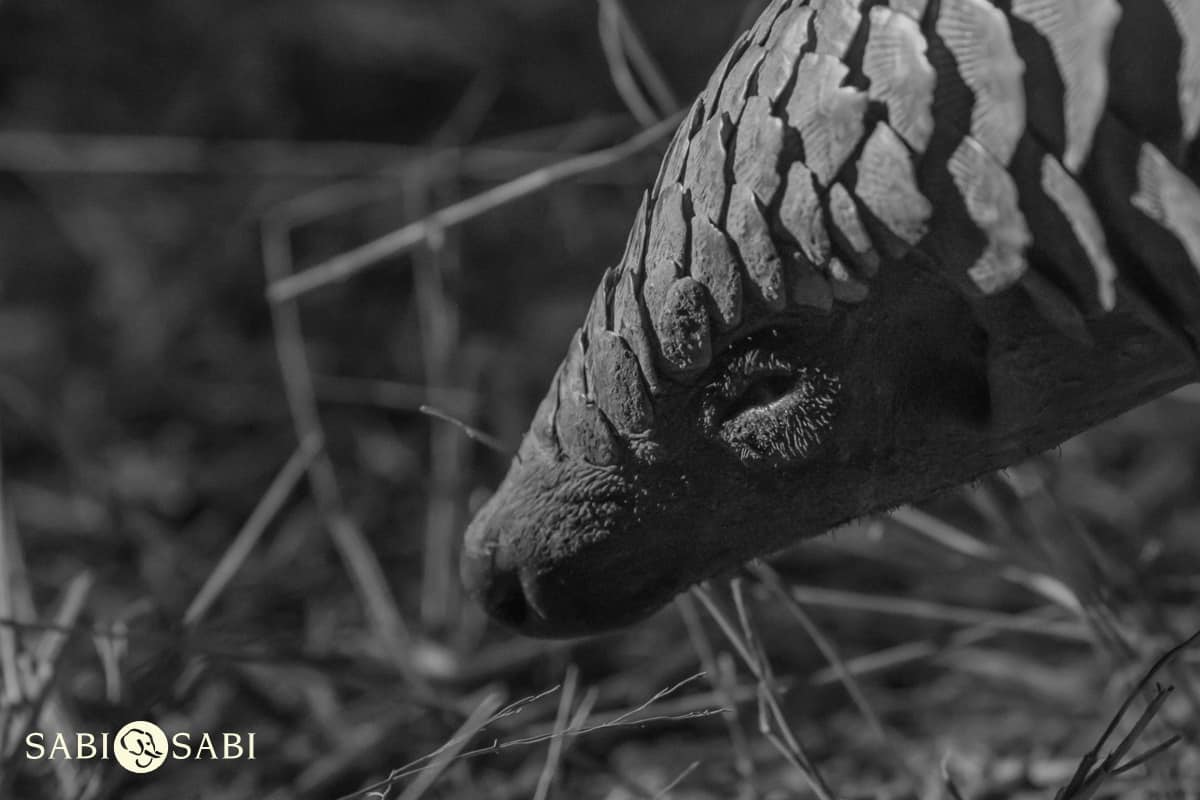Pangolin
on Aug 02, 2019Species name: Temminck’s Ground Pangolin
Scientific Name: Smutsia temminckii
Weight: Male: 10-14kg - Female: 8-12kg
Shoulder Height: Male: 30-40cm - Female: 25-35cm
General Habitat: Inhabiting a wide range of habitats from the arid deserts of the Kalahari to Savannah Bushveld and Woodlands.
Diet: Various species of ants and termites.
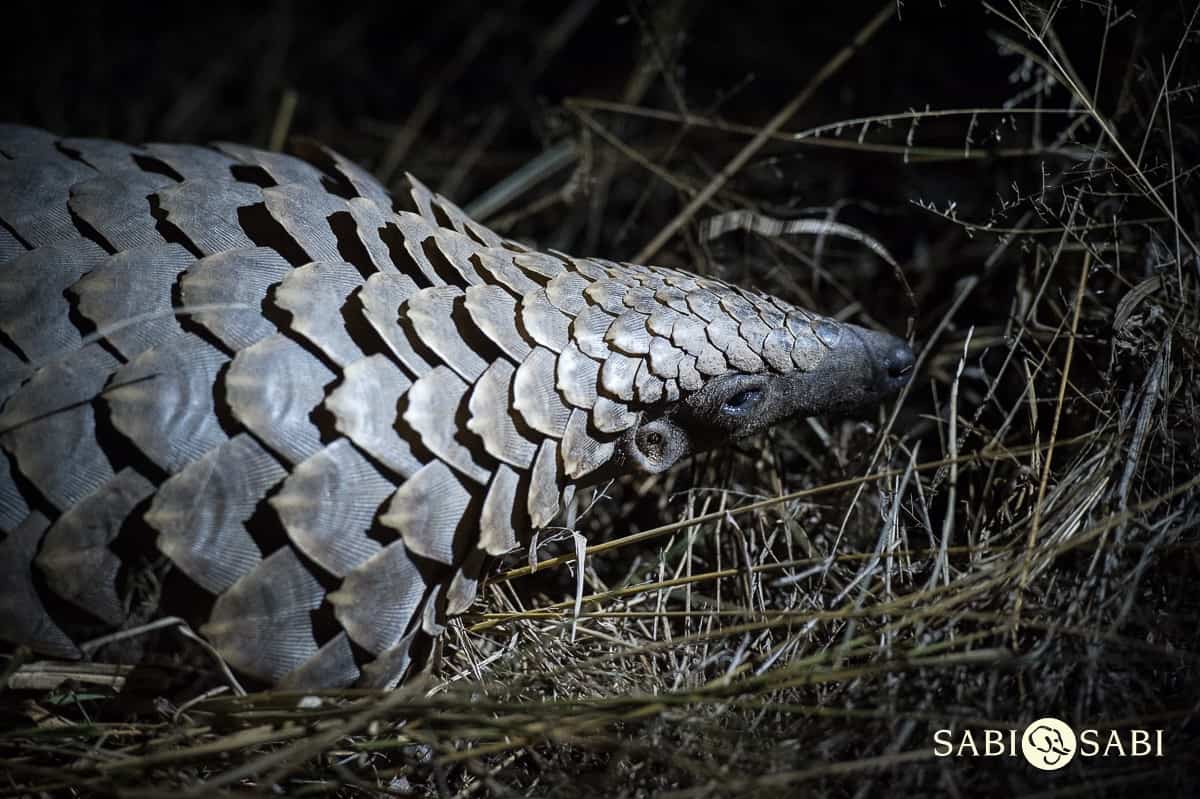
There are eight species of Pangolin found throughout Africa and Asia including the arboreal White-bellied and Black-bellied Tree Pangolins of Central Africa. The name “Pangolin” originally comes from the Malay “peng guling” which means “roller” due to the creature’s habit of rolling up into a ball when threatened. They have one of the most effective defense mechanisms of any living mammal and when curled up, their hard keratinous scales may protect them from the jaws of leopards and lions and even from the jaws of curious hyenas.
Highly specialised and unusual mammals, they feed exclusively on certain species of ants and termites. Equipped with long powerful claws, they are expert diggers and are capable of breaking open even the toughest of termite mounds or hard pieces of bark that may be hiding a colony of ants. They have an incredibly long and sticky tongue that they use to lick up their prey and are mostly nocturnal creatures but may become more diurnal in winter months. During the daytime they typically curl up in an underground burrow or in a thicket of shrubs and grasses and sleep for the majority of the time.
The Ground Pangolin is the only pangolin that can be found in South Africa but are notoriously difficult to find and are often missed due to their low profile, shy nature and effective camouflage. Their biggest threat by far is man. They are the planet’s most trafficked mammal with more than a million estimated to be trafficked around the globe per year. Their large keratinous scales are used in various traditional medicines practiced in Asia and Africa and their meat is considered a delicacy in many countries, despite the fact that they are endangered.
Pangolins are shy animals that are slow breeders usually only giving birth to one pup at a time.
My Memorable Sighting
As mentioned above, the Pangolin is an extremely shy animal and not an animal you get to see too often. Having not been at Sabi Sabi all that long, I am yet to experience my first Pangolin sighting on the reserve but a few of my colleagues have been fortunate enough to have experienced this “once in a lifetime” sighting. I cannot wait for mine!
Photo Content
